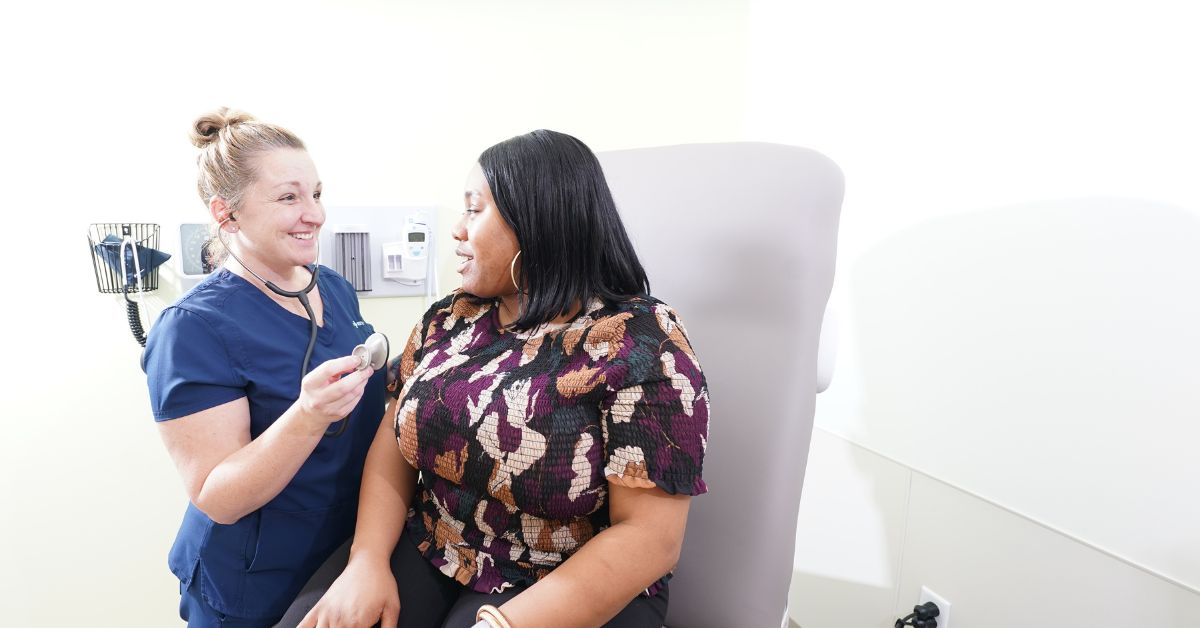As we begin to enter the fall and winter months, COVID-19, the flu and allergies will be circulating around our communities all at once. Since all three share similar symptoms, it can be confusing to know which warning signs to look out for.
Get educated on the different symptoms of each as well as ways you can help prevent the spread of COVID-19 and the flu.
Is it flu, COVID-19 or allergies?
The flu is a common, contagious respiratory illness caused by flu viruses. COVID-19 is a new infection that can cause mild to severe respiratory illness. Allergies are not a virus or infection, but rather a hypersensitive immune system response to a certain substance.
What are the signs and symptoms of the flu, COVID-19 and allergies?
Flu signs and symptoms usually show up about two days after exposure to the virus. They come on quickly and can include:
- Fever/feeling feverish
- Headache
- Muscle and body aches
- Feeling very tired (fatigue)
- Cough
- Sore throat
- Runny or stuffy nose
COVID-19 symptoms appear 2 to 14 days after exposure to the virus. They can include:
- Fever or chills
- Cough
- Shortness of breath or difficulty breathing
- Fatigue
- Muscle or body aches
- Headache
- New loss of taste or smell
- Sore throat
- Congestion or runny nose
- Nausea or vomiting
- Diarrhea
You can also be asymptomatic, or have no symptoms, yet still be infected with this virus.
Allergy symptoms typically appear instantaneously with exposure to a substance. They include:
- Sneezing
- Itchy, runny or blocked nose
- Itchy, red, watering eyes
- Wheezing, chest tightness, shortness of breath, cough
How are the flu and COVID-19 germs spread?
Flu germs spread mainly by respiratory droplets made by coughing, sneezing or talking. Viruses can also spread on surfaces, but this is less common. People with the flu can spread the virus before, during, and after they are sick.
COVID-19 is spread through the respiratory droplets of an infected individual when they sneeze, cough, talk and even breathe. You risk exposure when you are in close contact, within six feet, of an infected person for a period of time.
How can I help prevent the spread of the flu and COVID-19?
During this time, it is important for everyone to take these preventive steps to stop the spread of both the flu and COVID-19.
- Practice physical distancing by staying at least six feet away from those outside your immediate household.
- Always wear a face mask when out in public, especially in situations where it is hard to practice physical distancing.
- Wash your hands frequently throughout the day, especially before eating and right after you arrive home.
Getting your flu vaccine this year will be another important step to take to help keep yourself and others safe. Reach out to your primary care provider if you have any initial questions about your flu shot this year.
Stay updated on what Bon Secours is doing related to COVID-19.




